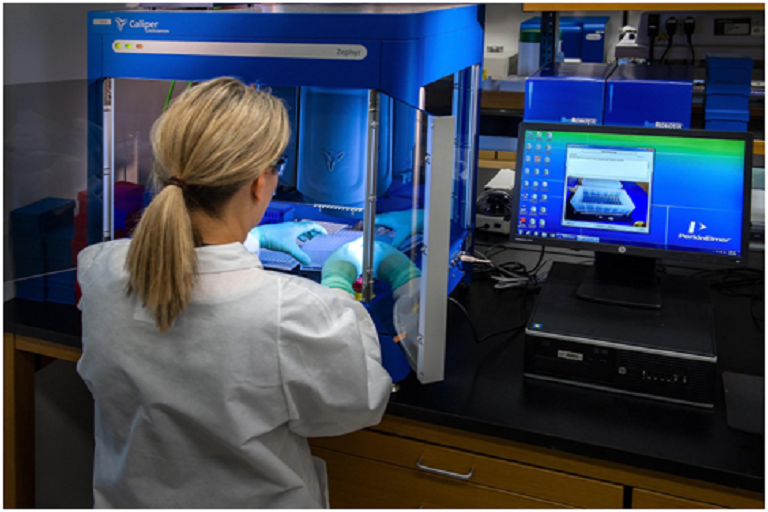5 Technological Trends Set to Impact Healthcare in 2021
COVID-19 has changed our lives forever. Thanks to an increased dependence on hospitals and healthcare, technological trends have shifted and evolved considerably. However, in order to stay ahead of the curve and mitigate disruptions, we need to understand these trends and their impact. Here are a few technologies that we think will assume greater importance in healthcare going forward
1. VR and AR
Augmented reality (AR) and virtual reality (VR) have changed medicine and healthcare in a big way. Healthcare providers are looking to VR and AR to develop a more personal relationship with their patients and to provide them with better treatment, even when they’re separated by distance.
AR allows for information, graphics, or videos on smart devices to be overlaid on top of reality, whereas VR completely immerses someone into a digital environment. This technology is widely used in medical training, robotic surgeries, and treatments for anxiety, phobias, depression, and post-traumatic stress disorder.
2. Text-to-Speech Interactions
Text-to-speech offers a contactless way to interact with the internet of things (IoT). This technology uses apps, websites, and intuitive interfaces to improve the contact points of nurses. Text-to-speech technology can be used to remind patients verbally to check their blood pressure, sugar, and other routine checks. Patients with reading difficulties and reduced vision can also make use of this technology to keep up with their medication and treatments. This technology is designed in a way to recognize a person by their voice, resulting in accurate and appropriate results.
3. Advanced Imaging Technology
Doctors have been using medical imaging to create noninvasive visual maps of internal organs to better understand diseases. Optical density, tomography, MRI, and NMR are all possible due to this piece of technology. This year, we are bound to see increased usage of imaging technology, but the sophisticated machines come with a steep price tag. To drive down the equipment costs many companies lease them to hospitals and other health care institutions so that these hospitals can save up on cost, tax, and repair coverage.
4. Robotic Process Automation (RPA)
Healthcare workers often deal with near-endless administrative work. This is where Robotic Process Automation comes into play. RPA helps you sort inventory, enter repetitive data, and schedule appointments. It also facilitates the digitalization of patients’ files and the time-consuming and tedious billing and claim processes. Coupled with artificial intelligence (AI), RPA takes the burden of managing paperwork off the shoulders of the healthcare staff so that they can focus more on treating the patients.
5. Blockchain
The decentralized nature of blockchain improves the way health records are maintained. It increases security, makes data private, and provides a new model for healthcare information exchanges. We’re seeing increased adoption of blockchain technology in securing electronic medical records (EMRs) and making data accessible to authorized users.
With the growth of digitalization, new forms of technology are emerging in every sector, especially healthcare. These are a few trends that could change the face of medicine by easing tasks for frontline workers and providing better treatment to the patients.


















